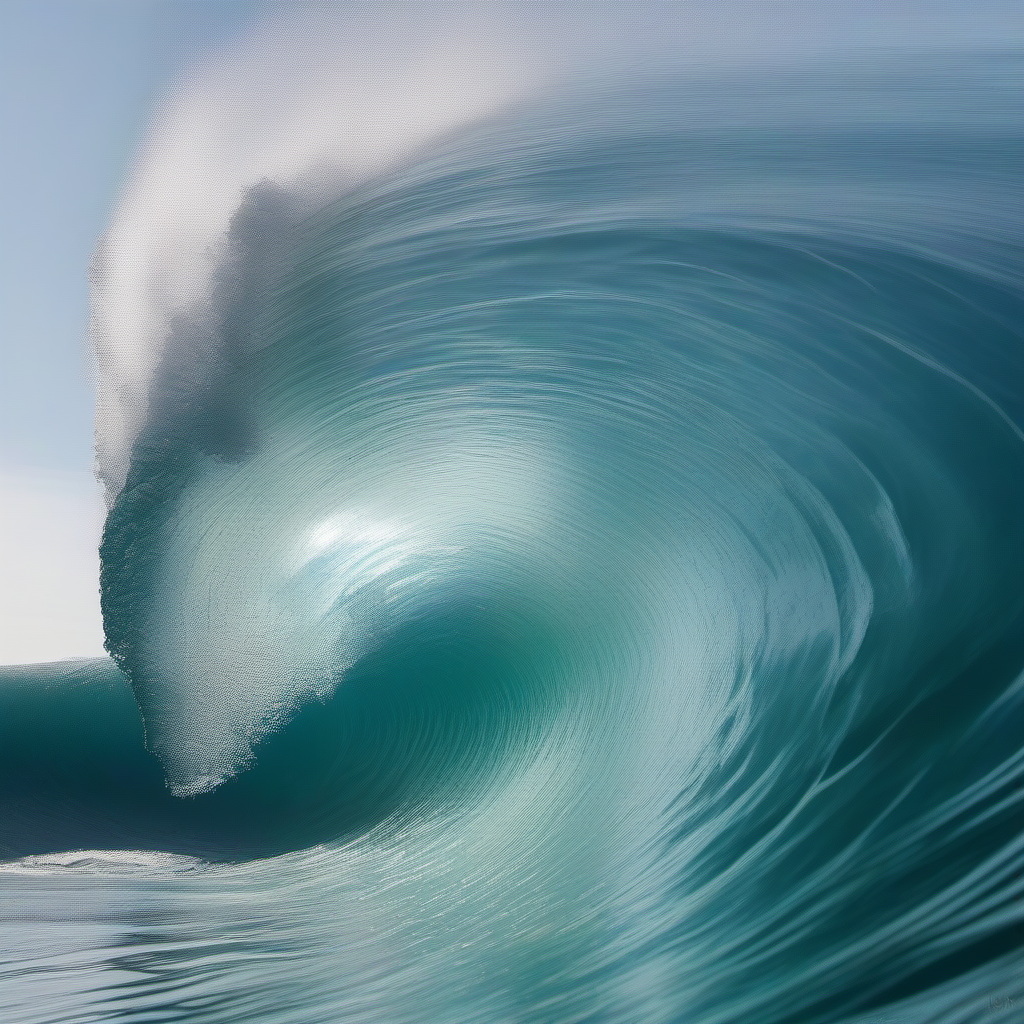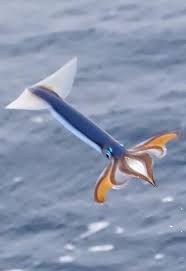It would appear that the so-called “great instability” event that wreaked chaos among the planets, sending the gas giants careening through space until they settled into the orbits we know today, occurred between 60 and 100 million years after the birth of the solar system. This is the conclusion of some careful scientific detective work that has connected a type of meteorite to an asteroid that was once pushed around by those marauding planets.
What’s more, scientists believe the migrating planets — primarily Jupiter — could have led to the formation of Earth’s moon by destabilizing the orbit of a Mars-size protoplanet called Theia. This destabilization may have instigated a collision with Earth that sent debris into space. It is this debris, scientists believe, that may have formed the moon.
That’s really interesting, because it is also believed that Jupiter today acts as a way to keep large objects like comets out of the inner solar system.
https://cnas.ucr.edu/media/2023/11/02/jupiter-black-sheep-which-protects-all-life-earth
deleted by creator
Wake up sheeple, here’s the real history of the moon
Neon Genesis Evangelion History
First Impact (also known as the “Giant Impact”) is an Impact which occurred in prehistoric times when the Black Moon, a giant spherical object, collided with the Earth in what is now the Hakone region of Japan. The collision caused an explosion that launched a massive amount of material from Earth into orbit. This orbiting debris eventually coalesced into Earth’s only moon. The Black Moon is the vessel that carried Lilith, one of the members of the Seeds of Life sent out into the universe by the First Ancestral Race.
Edit: Well that wasn’t well received, guess this instance doesn’t have a lot of evangelion fans 💀
I think you’ll find that the moon is the egg of a giant space dragon.
Shut up, it isn’t stupid.
(Okay, it’s very stupid.)
Jupiter is probably also why we have water on Earth. Since it pulled ice comets and dust out of the outer regions of the solar system towards the inner parts where Earth orbits. When Earth formed it was too hot to retain any water so all the water on Earth came after the formation.
So could it be that if we filter for solar systems with gas giants in the outer rings and smaller, rocky plants in the interior, we might increase our odds of finding an earth-like exoplanet?
Because the universe is infinite. Yes! Is it a good filter. Who knows lol




